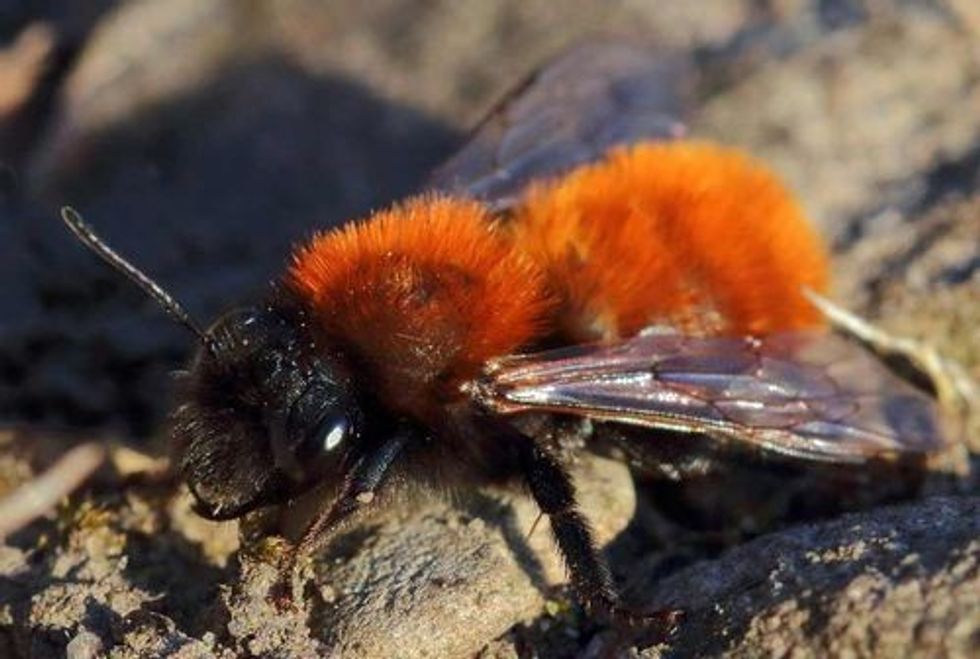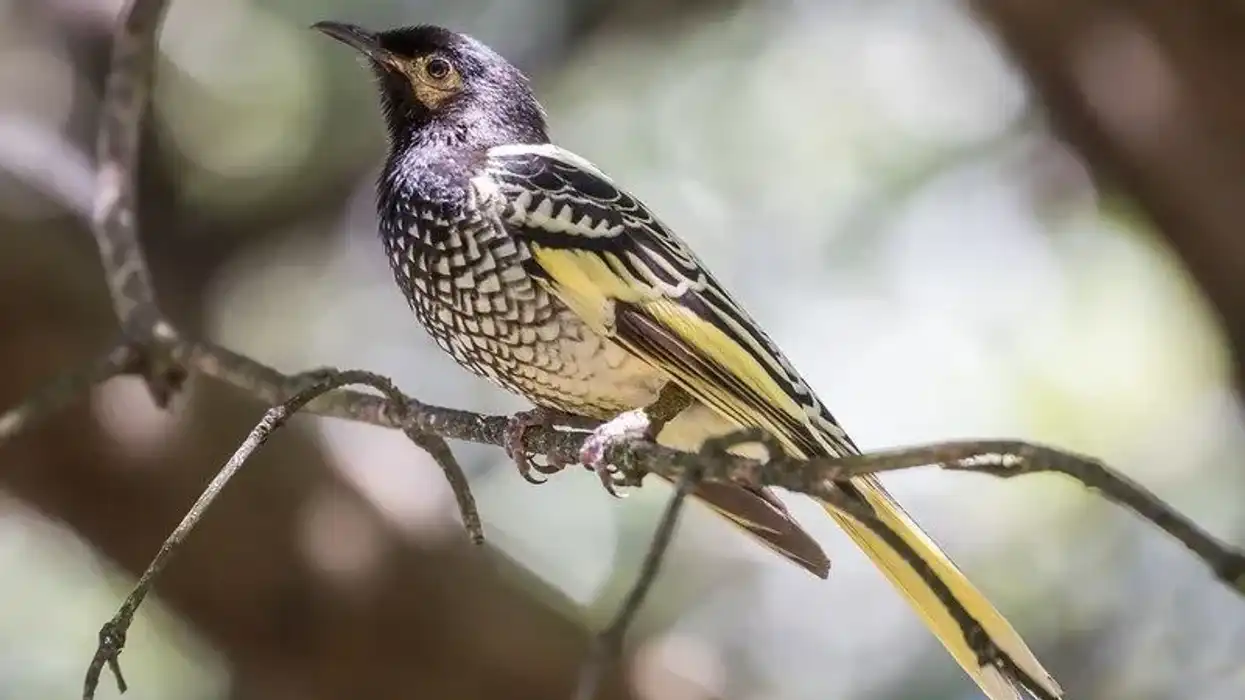Many people know about honey bees and bumble bees, but they are unaware of little solitary bees around them. If you haven't noticed yet, they are a treasure waiting for you to discover!
Solitary bees are good pollinators with a unique lifestyle living around your premises without realizing it.
There are many bee species in which 90% of bees are solitary bees that do not make honey, wax, and with no such thing as solitary beehive because they are not social like honeybees; instead, they live alone in their nest. We can quickly identify them by seeing their nests.
The mason bee, carpenter bee, mining bee, leafcutter bee are a few of the solitary bees species.
Their nesting process is different when compared to other species; generally, they live in underground burrows and wood tunnels, but this depends on the species. These bees don't have pollen baskets on their legs, so when they move around plants, they lose more pollen (unlike honey bees), making them star pollinators.
Continue reading our article on solitary bees to learn more exciting facts. You may also like our new collection of articles on water beetle and Atlas beetle.
Solitary Bee Interesting Facts
What type of animal is a solitary bee?
These bees' solitary living makes gives them their name, solitary bee, but they are not aggressive, and the males lack a sting and also die after mating. All their life, females are busy building nests and collecting food for their larvae as they die after laying around 20-30 eggs one at a time in each cell.
They are fantastic pollinators: a single mason bee is equivalent to 120 honeybees in pollination. Some bee species are increasingly cultured in commercial pollination by providing bee houses in farms.
What class of animal does a solitary bee belong to?
Solitary bees belong to the class Insecta.
How many solitary bees are there in the world?
There are many bee species in the world in which there are around 20,000 species of solitary bees with only 250 species of bumblebee and nine species of honey bees. But the exact number is unknown.
Where does a solitary bee live?
Solitary bees are widely available in nature. In the UK alone, we have 265 species of bees, of which 90% are solitary bees, and there are 4000 native species of solitary bees in the United States. These bees are populated in all the countries also.
What is a solitary bee's habitat?
Solitary bees live in grasslands and near vernal pools. As we know, bees entirely depend on pollen and nectar for their survival; they can't live without plants near to them. These bees generally build their own nest alone and live alone. But nesting is different for different species.
Mining bees make their nest in soil covered with grass by making some holes, and we generally find these solitary bee houses in our gardens.
Carpenter bees make their nest in wood to survive winter by making bores into the wood and excavating tunnels to lay eggs and then covering them with their hair or pollen. But leaf cutter bees use leaves to cover these tunnels.
Mason bees never excavate their own nest, these females nest in natural cavities and narrow gaps or abandoned nests of wood-boring beetles, under barks, or some protected cavities. People are now cultivating these bees by arranging a solitary bee house in their gardens for pollination purposes.
Who do solitary bees live with?
Solitary bees, as the name describes, do not live in hives or groups. They live separately, with only females building a nest and their nesting place is different from species to species. Some bees build burrows and boreholes near one another, but they rarely share their nest.
How long does a solitary bee live?
Solitary bees are busy living bees with a short life span. They live in their nest for the whole winter season in hibernation as larvae with the food arranged by their mother bee. In spring, they come out of their nest and have an active lifespan of 4-6 weeks.
How do they reproduce?
Once the female solitary bee finds a perfect nest, she starts collecting material for creating cells for its first egg and a pollen ball mixed with nectar as food for its larvae to grow into an adult bee.
The female bee places this pollen ball inside the cell, and an egg is laid on it, leaving some space for larvae to grow, then building a partition and repeating this process until the tube or cavity fills moves to another nest.
Solitary bee larvae hibernate in their nest in winter with the help of pollen provided by the female bee and become active in spring or early summer and come out of the nest as an adult bee.
Once they have mated, the female finds a nest, and the cycle repeats.
What is their conservation status?
The conservation status of most bees considered solitary bees is unknown. A conservation status of few species like the mason bee, leafcutter bee, and mining bee is listed as Endangered.
Solitary Bee Fun Facts
What do solitary bees look like?
Solitary bees come in different sizes, shapes, and colors with six limbs, two sets of wings, and two antennas on their head.
Mason bees are frequently metallic blue or green, blackish or rust-red, and have black ventral scopae, which are difficult to notice unless with pollen.
Mining bees are lightly coated in black, brown hairs, while the thorax is covered with dense yellow-orange hairs.
Leafcutter bees are moderately sized with black bodies. When these bees carry pollen to their nests, their hair under the abdomen looks yellow or gold with pollen. As we have many bee species, each one has a different look.
How cute are they?
Generally, bees are not so attractive though some species have fur and different colored bodies. They are small and endearing, so can be deemed cute.
How do they communicate?
Solitary bees create buzzing sounds to produce a chemical order that helps them to perceive signals to find mating and foraging. But these species communicate less as they never live in groups.
How big is a solitary bee?
Solitary bees are little pollinators that are 0.25-0.75 in (6-19 mm) long and considerably small in width. The size of these bees depends on the species to which they belong.
How fast can a solitary bee fly?
Solitary bees have to work fast as they have a very short lifespan. They can fly approximately 23 km per day, but the exact speed is unknown.
How much does a solitary bee weigh?
The actual weight is unknown, and they look smaller than a honey bee, which weighs 0.00025 pounds. As we have many types of solitary bees, like mason bees, mining bees, leafcutter bees, we can't define the solitary bee species' exact weight.
What are their male and female names of the species?
The male and female names of the species of solitary bee are unknown. They are generally called female solitary bees and male solitary bees. But these can be distinguished by their sting.
What would you call a baby solitary bee?
The baby bee of a solitary bee is called a larva, which stays in its cocoon by eating the pollen mixed with nectar throughout the summer and winter. The following spring, larvae turn into adult bees and come out of the nest; the active life span of an adult bee is 4-6 weeks only.
What do they eat?
Solitary bees drink nectar (a sugary fluid secreted by flowers to encourage pollination) directly from plants. They collect pollen and nectar to feed larvae to support their growth. Some bees feed on only some wildflowers species, and not on every plant.
Are they dangerous?
Solitary bees are non-aggressive due to not collecting and protecting honey as honey bees. Generally, males have no sting, and females only have a sting to defend it if they are handled roughly. So, these are safe in our premises.
Would they make a good pet?
Solitary bees are also called star pollinators, which help plants produce more offspring by making seeds for your farm's growth. They are non-aggressive and will make their nests in hollow stalks and tubular holes in soil, sand, clay, mortar, or wood.
Did you know...
Females choose to lay a male egg or female egg since males emerge some days before females and wait for females for mating but they never help female bees in nesting. So it lays all-female eggs at the back and males at the front.
Cuckoo bees are also a kind of solitary bee that does not have pollen-collecting apparatus and depend on the pollen of other host bees to feed their offsprings. These bees search for their host bees' nest and lays eggs next to their host's eggs.
The cuckoo bee, or its larvae, kill the host bee larva and eat its pollen in hibernation. But these bees are rarer than host bees.
What is the difference between the life cycle of a social and solitary bee?
Social bees like honey bees and bumblebees live with other bees, but solitary bees live alone in their nest and are never involved in honey making.
For social bees, like the honey bee, the queen lays eggs while other female bees (worker bees) will feed the larvae. But in the case of solitary bees, all females lay eggs on pollen ball, which they arrange to facilitate larvae at the time of hibernation.
In social bees, there exists a hierarchy of Queen Bee, female bee, and male bee (drones), whereas, in solitary bees, such a hierarchy does not exist.
What percentage of bee species are solitary?
Almost 90% of the available bee species are solitary bees that live alone, not in colonies, don't make honey and wax.
Here at Kidadl, we have carefully created lots of interesting family-friendly animal facts for everyone to discover! Learn more about some other arthropods including darkling beetle, or Africanized bees.
You can even occupy yourself at home by drawing one on our honey bee coloring pages.










